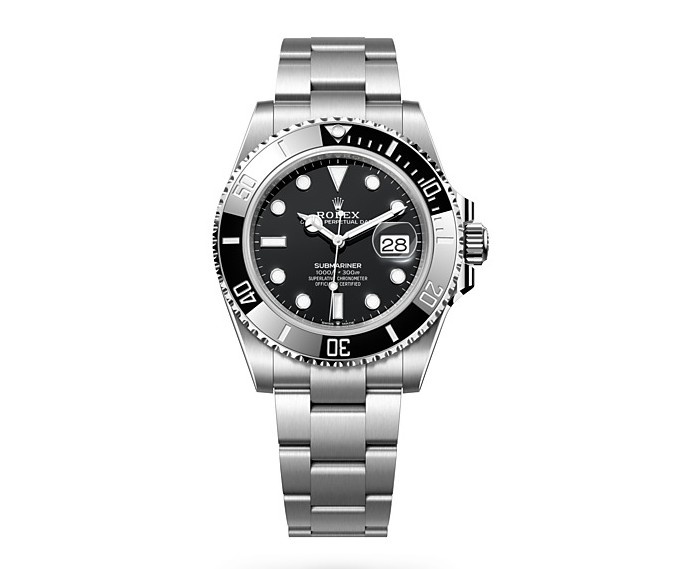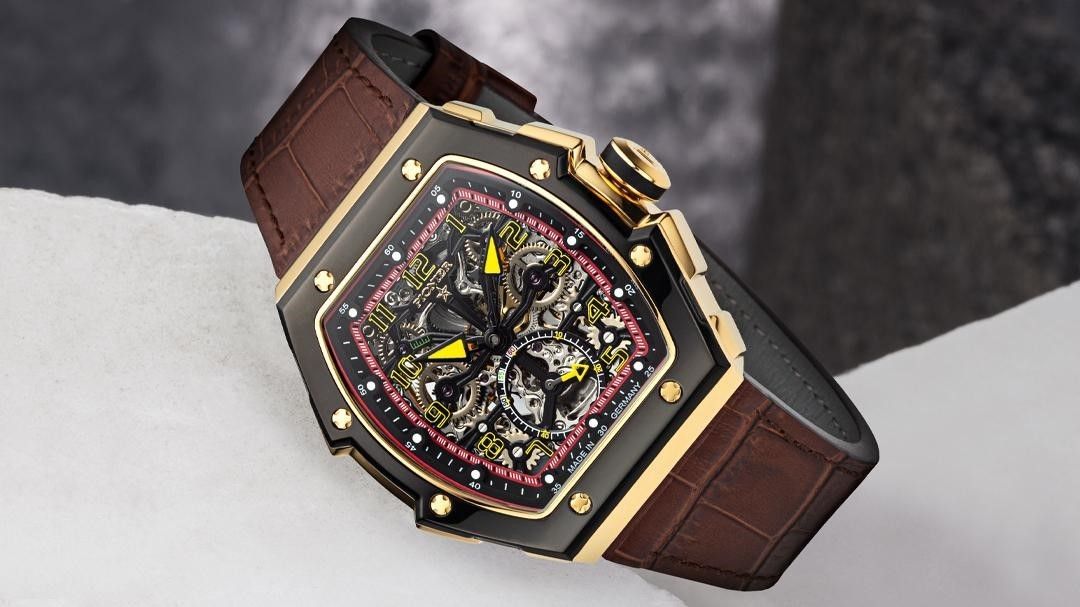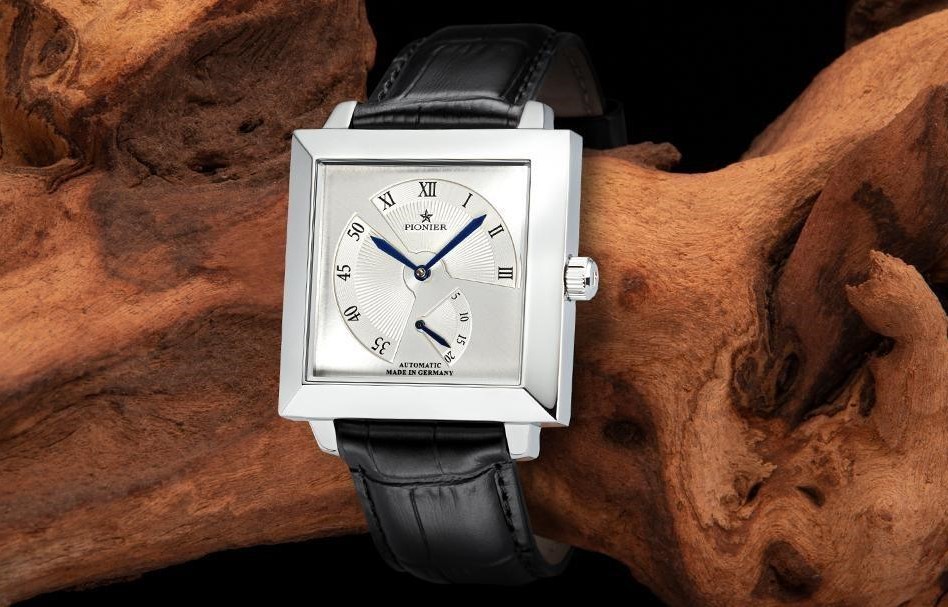
How Did Mechanical Watches Survive the Quartz Movement?
At the start of the 20th century, until after WWII, almost all mechanical watches were manufactured in Switzerland. They had no competition because of their unmatched watchmaking precision. Even today, the finest Swiss watches are hand-assembled by master craftsmen.
But during the 1970s and 1980s, Switzerland went through a major economic downfall when the quartz crisis or quartz revolution negatively impacted their watchmaking industry. How did this happen? How did mechanical watches bounce back to be the collectors’ pieces they are today?
The Advent of Japanese Watches
In 1969, the Japanese company Seiko launched its Astron watch, and this was a breakthrough, commercial quartz wristwatch. Japanese watchmakers focused on precision instead of looks and vertical integration. These timepieces were inexpensive but exceptionally accurate.
Affordable, fresh, and quirky, these Japanese watches were premium quality and sold in every corner of the globe. Swiss watches began to be branded as imprecise and overpriced. Although Swiss companies did launch their own quartz watches, they were expensive. As a result, the Swiss watch industry was on the brink of collapse.
The Revival of the Mechanical Watch
To help them over the crisis, Swiss banks hired Nicolas George Hayek, a well-known management consultant. On his suggestion, the two leading Swiss brands ASUAG and SSIH came together to launch premium-quality timepieces at reasonable prices. From this partnership, the Swatch Group was formed.
The company manufactured watches that featured a mix of quartz and automatic movements. These light, colorful models were a good match for the Japanese watches and Swatch soon became an accessory of choice among the new, trendy generation.
With the success of Swatch, Switzerland began to refocus on its traditional brands. The company owns some of the best Swiss brands, including Omega, Longines, Blancpain, and Breguet.
With the Swiss successfully rebranding their industry, several other countries joined the competition. For example, Germany has made a name for itself in manufacturing some of the best, luxe mechanical watches at reasonable prices. Tufina Watches, for example, is a manufacturer that has been in the watchmaking industry for the last 35 years and boasts quality timepieces. If you want a timepiece with a blend of tradition, modernity, and affordable cost, give Tufina a try.



